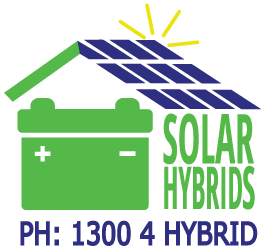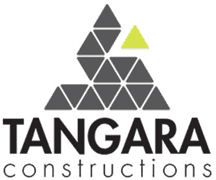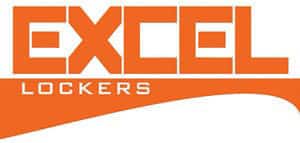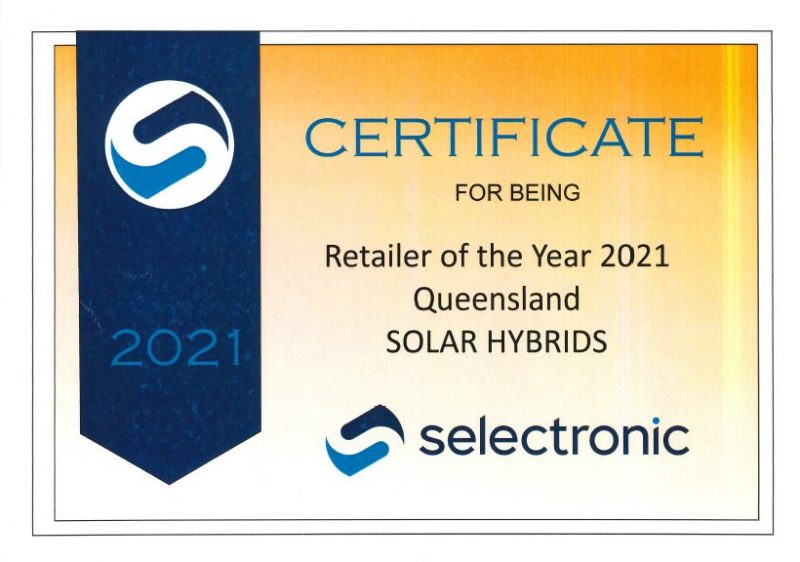Posted: 17th January 2018
A commercial solar power system usually refers to a large grid connected solar system which differs largely from that of a residential solar system, in terms of size, complexity and functionality. Unlike most small residential systems, additional strict measures for protection of the grid is a mandatory requirement. This usually entails additional export control hardware to automatically ramp down rapidly the instantaneous solar power production to match the fluctuating loads of the business. This is often necessary in order to prevent sudden and excessive solar energy exporting to the grid, which may otherwise cause grid voltage instability, a grid phenomenon refereed to by network engineers as ‘flicker’. For commercial solar systems greater than 30 kW, even more additional and complex hardware is required in the form of what is known as Level 2 Network Protection. This incorporates the addition of a Programmable Logic Controller (PLC), and contactor who’s role is to monitor grid fluctuations & instability and solar PV production, and to automatically disconnect the solar system from the grid in the event of any critical hardware failure within the system. Systems over 30 kW are usually mandated to be designed and signed off by a chartered electrical engineer (RPEQ in Queensland). For further information see our Commercial Solar Systems page.










